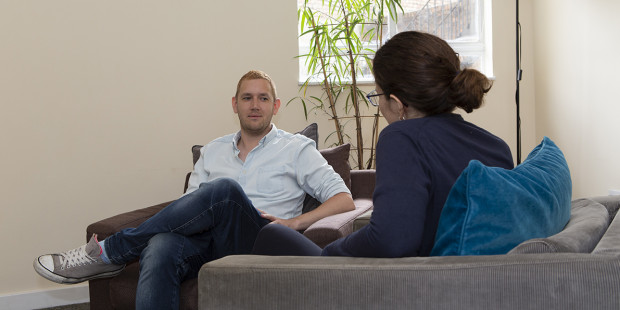Unless you have other conditions which might impact your ability to exercise (joint problems, heart problems, etc), people living with HIV are just as able to exercise as anyone else.
Exercise can boost your immune system and has been shown to improve both physical wellbeing and mental health.
Some people living with HIV have increased levels of cholesterol, which can increase the risk of some serious long-term health problems. Exercise can help lower levels of so-called bad cholesterol (blood fats and sugars), and help increase levels of 'good' cholesterol (HDL).
It’s always worth checking with your HIV specialist or GP if there are any forms of exercise that would not be good for you, or any reasons that you should not exercise.
Lipodystrophy
In the past, muscle wasting (also known as lipodystrophy) was a problem for people living with HIV. The syndrome caused fat loss from some areas of the body, and in some cases redistributed fat to other areas of the body. This was massively improved in the late 1990s thanks to new HIV medication.
Apart from changing medications, the only intervention shown to reverse the progress of lipodystrophy has been exercise. Studies show that a combination of cardiovascular exercise and resistance (weight) training was the only thing which helped reduce the appearance of fat around the stomach area in men.
Weight training is also one of the best ways to increase lean body mass and bone density that may be lost through HIV and ageing.







